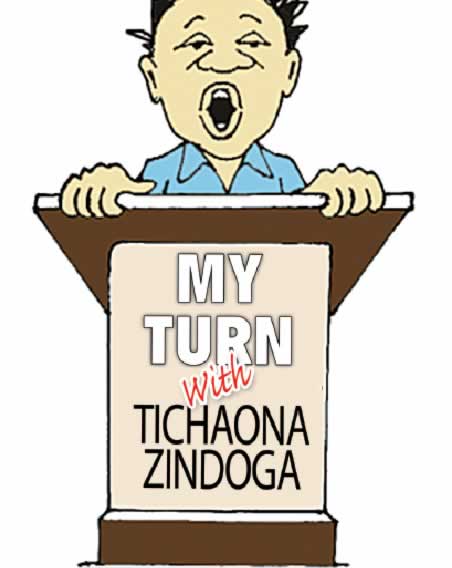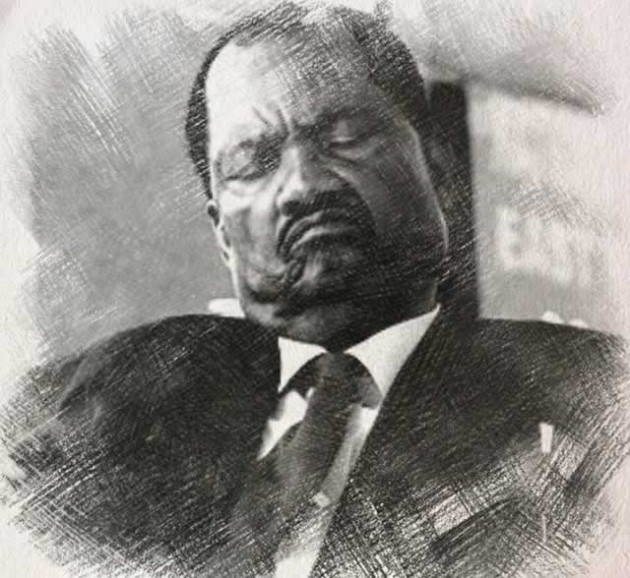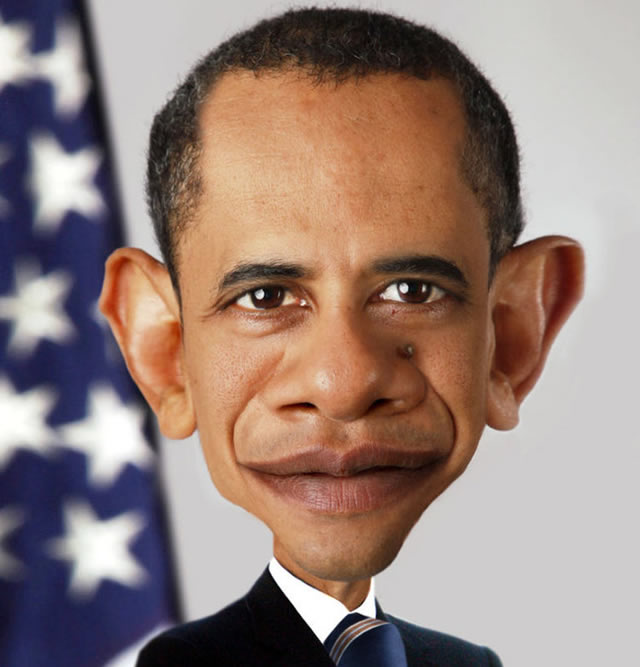Rugare Gumbo, oh, wretched Dorian Gray!

 ‘’What is key though is the irony that whereas Rugare, and lately others, likes to pose Dare as the holy grail of the liberation movement, it really, was later shorn of this halo.’’
‘’What is key though is the irony that whereas Rugare, and lately others, likes to pose Dare as the holy grail of the liberation movement, it really, was later shorn of this halo.’’
Generally inclined to think first in headlines, and forever on the lookout for something euphonious or rhythmic, I was very inclined to put together something about the words “dare” and “DARE” and perhaps another one like “dream” or “dead” around the subject of one Rugare Gumbo.
In which case, one may guess, I would be trying to tell the story of Rugare Gumbo daring to dream about something dead called Dare.
The last mentioned “Dare” is short for something called “Dare ReChimurenga” that nationalists cobbled up in the late 1960s to serve as the “council of war”.
Historian Phyllis Johnson recounts that the Dare came into being with Zanu’s opening of the Eastern front with support from Frelimo in 1968.
An initial meeting between the Frelimo and Zanu-PF at Twiga Hotel in Dar es Salaam when Eduardo Mondlane, the leader of the Frelimo and military commander Samora Machel, met the Zanu national chairman Herbert Chitepo and the Secretary for Defence, Noel Mukono.
In April 1969, the exiled leaders of Zanu held their first biennial review conference in Lusaka and formed an eight-member war council called the Dare reChimurenga on the necessity that engagement with Frelimo should be at military level.
The engagements began with a meeting of 1969 in Lusaka’s Lubinda Township at the house of the Frelimo representative, Mariano Matsinhe and in May 1970 another one, the one that saw the break-though, was at Zanu House in Lusaka.
Apart from Gumbo, other members of the Dare were: Herbert Chitepo, Kumbirai Kangai, Kudzai Mudzi, Henry Hamadziripi, Noel Mukono, Josiah Tongogara and John Mataure.
These people are all late, making our Rugare, the surviving member of that outfit (or is he?).
It is a fact that Rugare savours, being about his only claim to fame in the country’s patriotic history.
And, in recent times, where he has fallen out with other cadres in the revolutionary Zanu-PF, he has been hankering after the days of the Dare. Systematically, he has accorded himself special licence to lampoon “mafikizolos” — Johnny-come-latelies — in the party. He has been to town with his project to bring back the Dare. While it is not clear how he seeks to bring back all the dead comrades, and the Dare itself, he associates this revisionism
With Zanu-PF’s “founding principles of democracy and constitutionalism,” as he told the pliant Daily News recently.
In fact, another military old timer gives even more expression to the Dare dream telling the same fawning paper that, the Press statement that Didymus Mutasa issued recently “restored Zanu-PF to its founding principles like when it was led by the likes of Cde Chitepo.”
He added: “As freedom fighters, we are going to strive to restore the true image of the party, not this thuggish behaviour. This statement signals our future. We are going to rebuild the Dare. We are building something that is different from this current rubbish. We want to build a culture of democracy.”
It can be noted from the above that Chitepo’s only Dare contemporary is none other than our Rugare Gumbo, who, according to logic should be angling for the leadership of any new party that issues from the current Zanu-PF simply because no one else embodies the “founding principles” of Zanu-PF!
One can guess that there soon will be a fight of egos in the putschist camp, what with Mutasa claiming a nearly insurmountable 57 years in the struggle.
But that may be a story for another day.
What is key though is the irony that whereas Rugare, and lately others, likes to pose Dare as the holy grail of the liberation movement, it really, was later shorn of this halo.
Academic and historian Sadomba describes the Dare as an “ad hoc supreme body” that belonged to the “Chitepo — and Zipa — transient phase”.
Even then, the Dare “was subordinate to the internal Central Committee of Zanu” and that at the height of its power the Dare “had only loose control of the fighters” relative to the new Central Committee that came with the leadership of President Mugabe.
Historians will have much to talk about that phase and its dynamics: I do not profess, or seek to pretend to be intimate with knowledge of the same, belonging to a latter era.
Suffice to say, history rendered Rugare, who later became rebellious, to the periphery and it is rather surprising that he seeks another life in something as long dead as the Dare.
Perhaps it is understandable.
I look at the picture of Rugare, my old man, and he reminds me of the story of Dorian Gray. It is a tragic story.
Dorian is described as, “a cultured, wealthy, and impossibly beautiful young man”.
But he is also vain. Not that Rugare is by any stretch of the imagination well-favoured or young. Perhaps the story needs recounting from the end.
The tragic end is that Dorian is found by his servants as an old man horribly wrinkled and disfigured, with a knife plunged into his heart. The tragedy is that Dorian, because he is vain, had made a wish that he should remain young forever.
He had his portrait drawn by one Basil Hallward. He is greatly upset that one day he will get old and the painting would remind him of his youth so he pledges his soul, “if only the painting could bear the burden of age and infamy, allowing him to stay forever young.”
However, under the influence of Lord Henry, he becomes a disciple of the “new Hedonism” and proposes to live a life dedicated to the pursuit of pleasure and this decadence grows by the day.
He also falls in love with Sibyl Vane, a young actress who performs in a theatre in London’s slums, whom he adores for her acting and she his beauty, calling him Prince Charming.
But Dorian dumps Sibyl after she quits acting for his sake — he loved her for that — leading to her suicide.
“After doing so,” it is recounted, “he returns home to notice that his face in Basil’s portrait of him has changed: it now sneers.”
After overcoming the shock, he hides his portrait in a remote upper room of his house, where no one other than he can watch its transformation.
But his evil continues.
“Eighteen years pass. Dorian’s reputation suffers in circles of polite London society, where rumours spread regarding his scandalous exploits. His peers nevertheless continue to accept him because he remains young and beautiful. The figure in the painting, however, grows increasingly wizened and hideous. On a dark, foggy night, Basil Hallward arrives at Dorian’s home to confront him about the rumours that plague his reputation. The two argue, and Dorian eventually offers Basil a look at his (Dorian’s) soul. He shows Basil the now-hideous portrait, and Hallward, horrified, begs him to repent. Dorian claims it is too late for penance and kills Basil in a fit of rage.”
More wickedness, and attempts at repentance follow though, till the fateful day.
Dorian gets haunted by the hideous face on the portrait and in a fit of rage whips up the knife he used to kill Basil with and strikes out at the heart of the painting.
“There is a crash, and his servants enter to find the portrait, unharmed, showing Dorian Gray as a beautiful young man. On the floor lies the body of their master — an old man, horribly wrinkled and disfigured, with a knife plunged into his heart.”
Perhaps it is time for Cde Gumbo to revisit the “remote upper room of his house” and check the wizened, hideous fellow up there on the portrait.
That is his true face, and he is no longer the young Dorian any more.









Comments